The Blue Jay (Cyanocitta cristata) is one of the most beautiful and colorful bird species. It is a striking and charismatic bird species that never fails to capture the attention of birdwatchers and nature enthusiasts with its vibrant blue plumage and distinctive crested head. With its bold colors, intelligent nature, and melodious calls, the Blue Jay stands out as one of the most recognizable and beloved birds in North America.
Blue Jay images
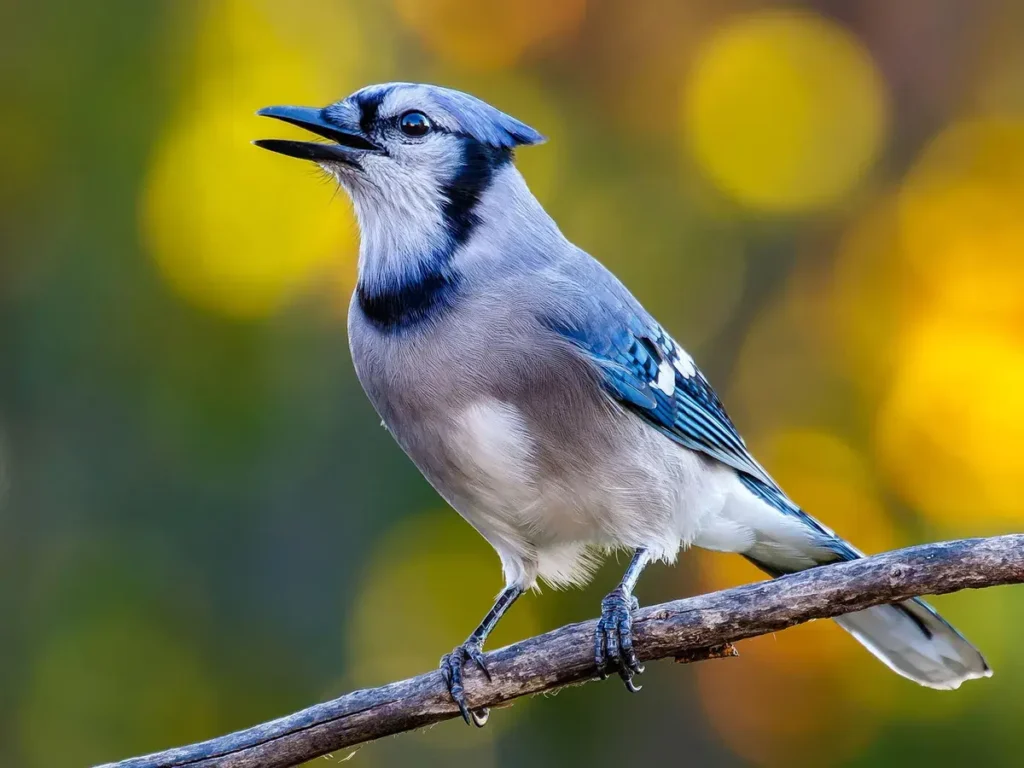

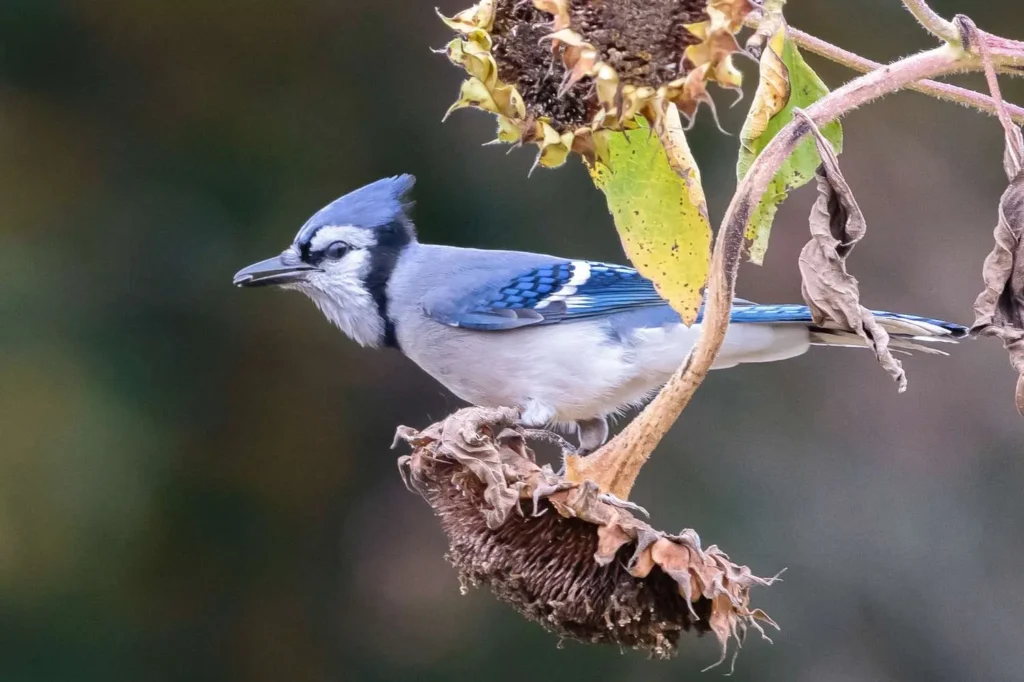
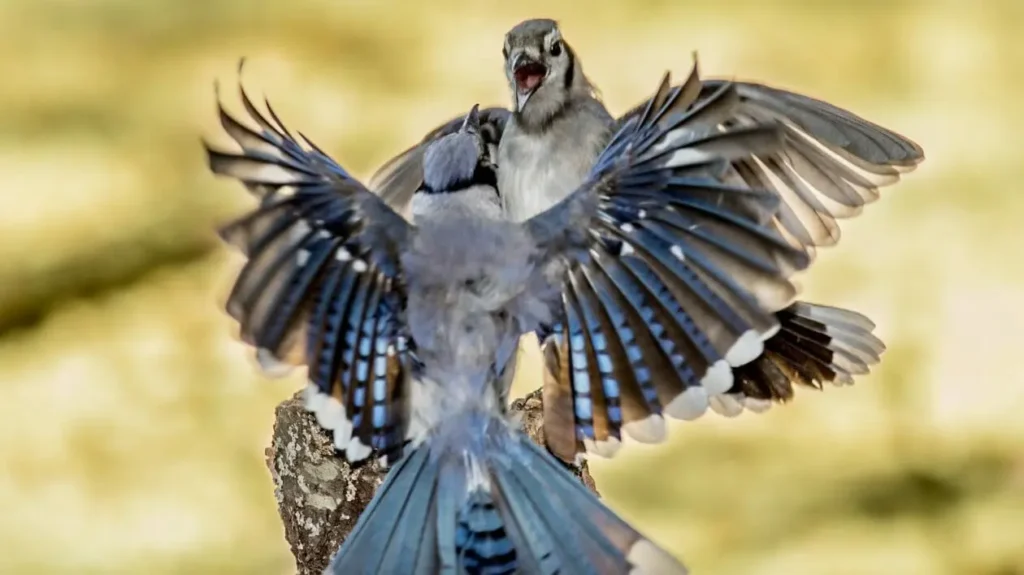
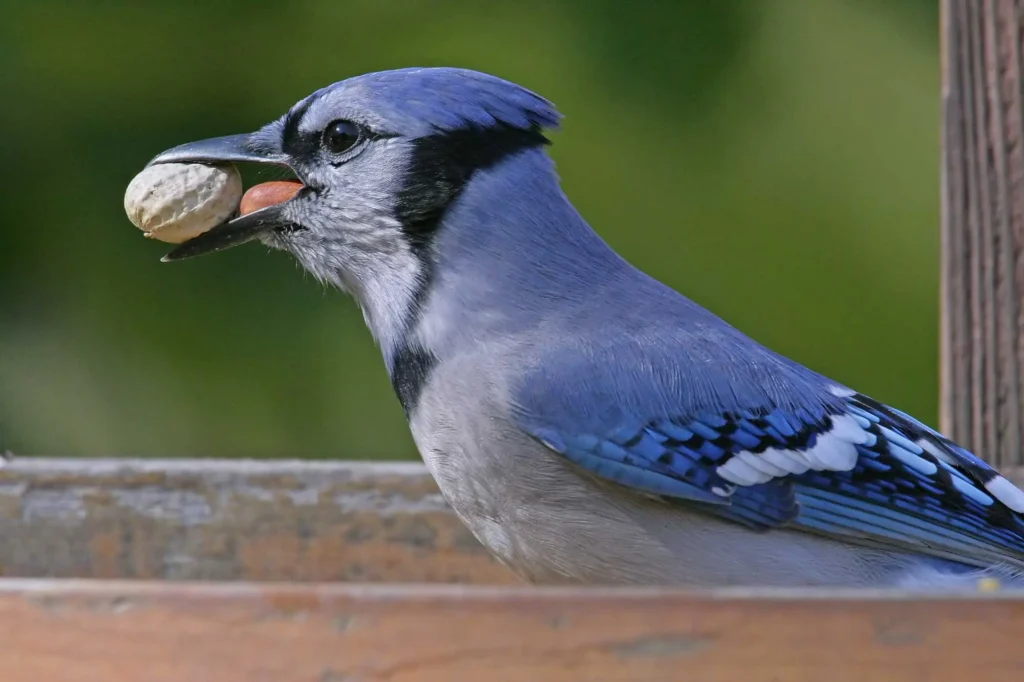
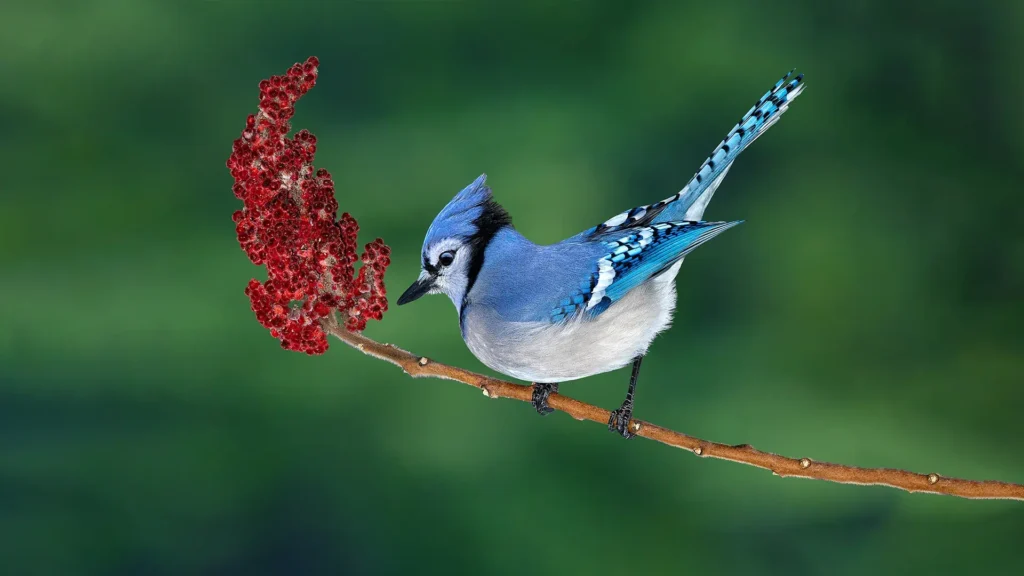
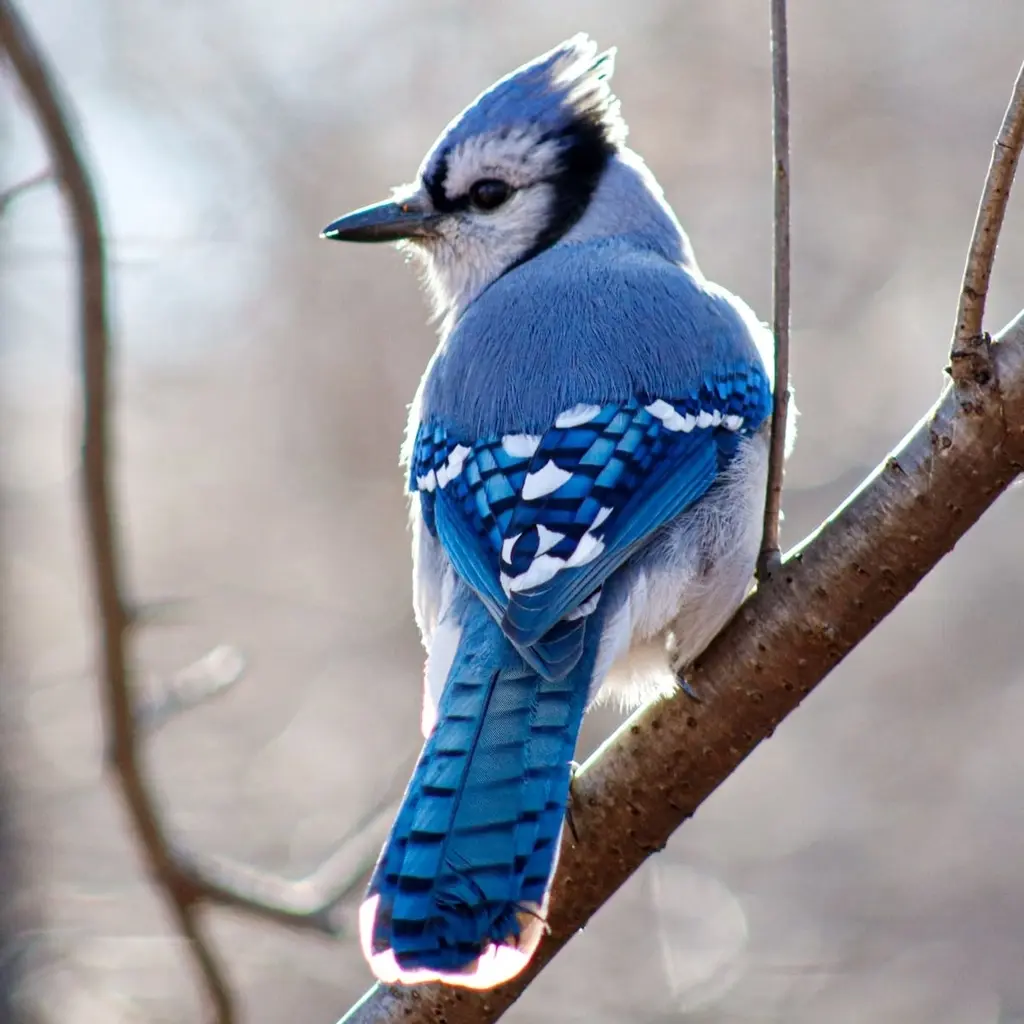
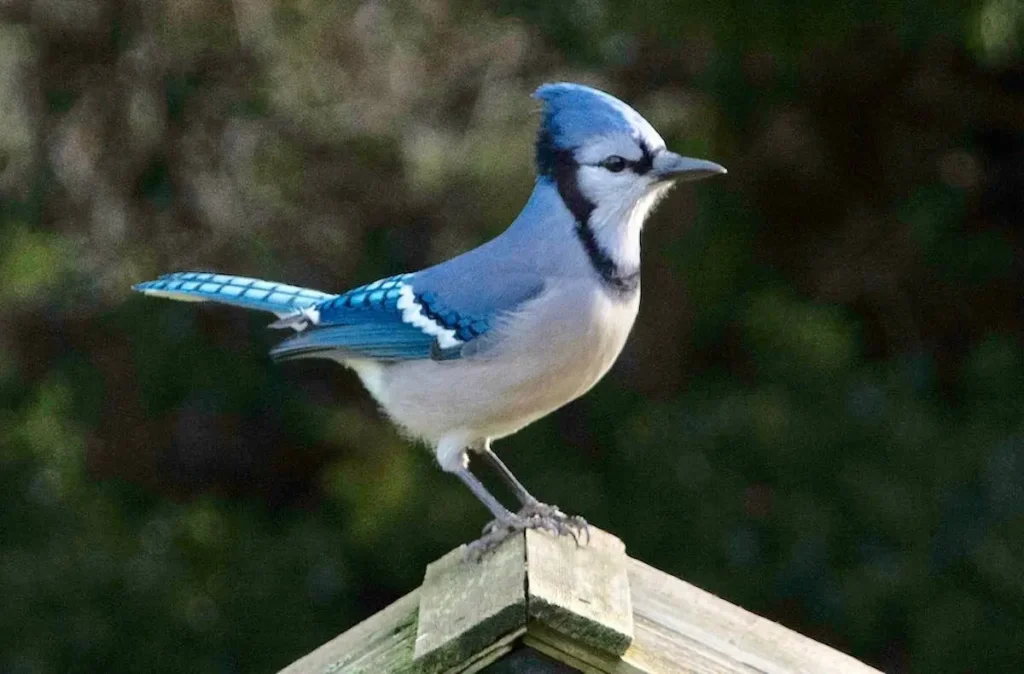
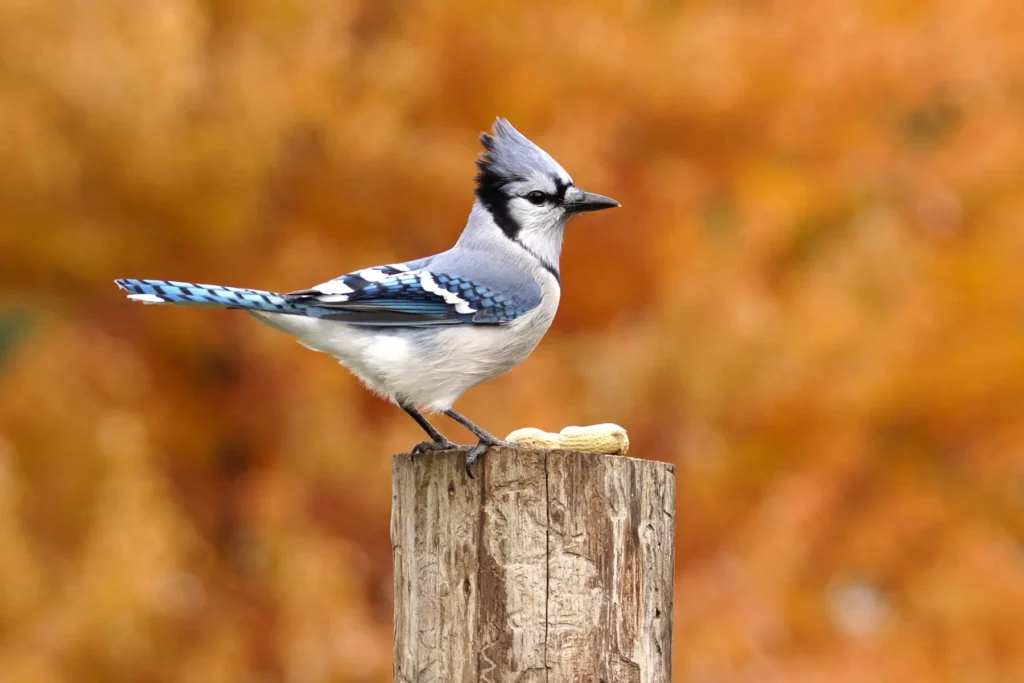
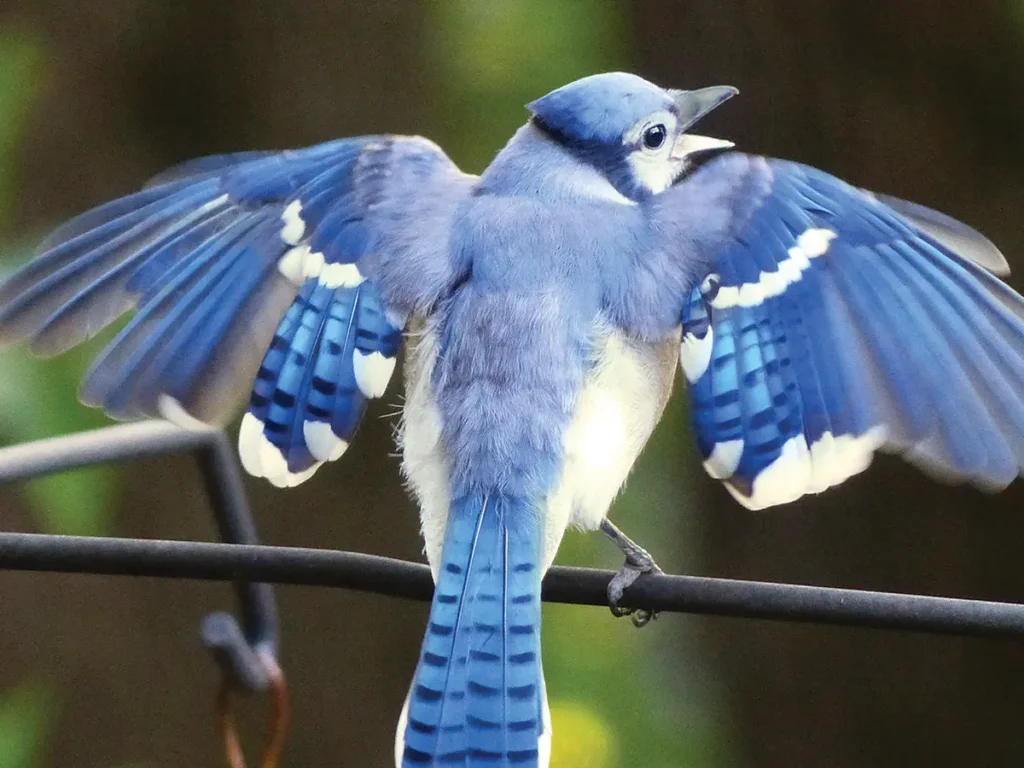
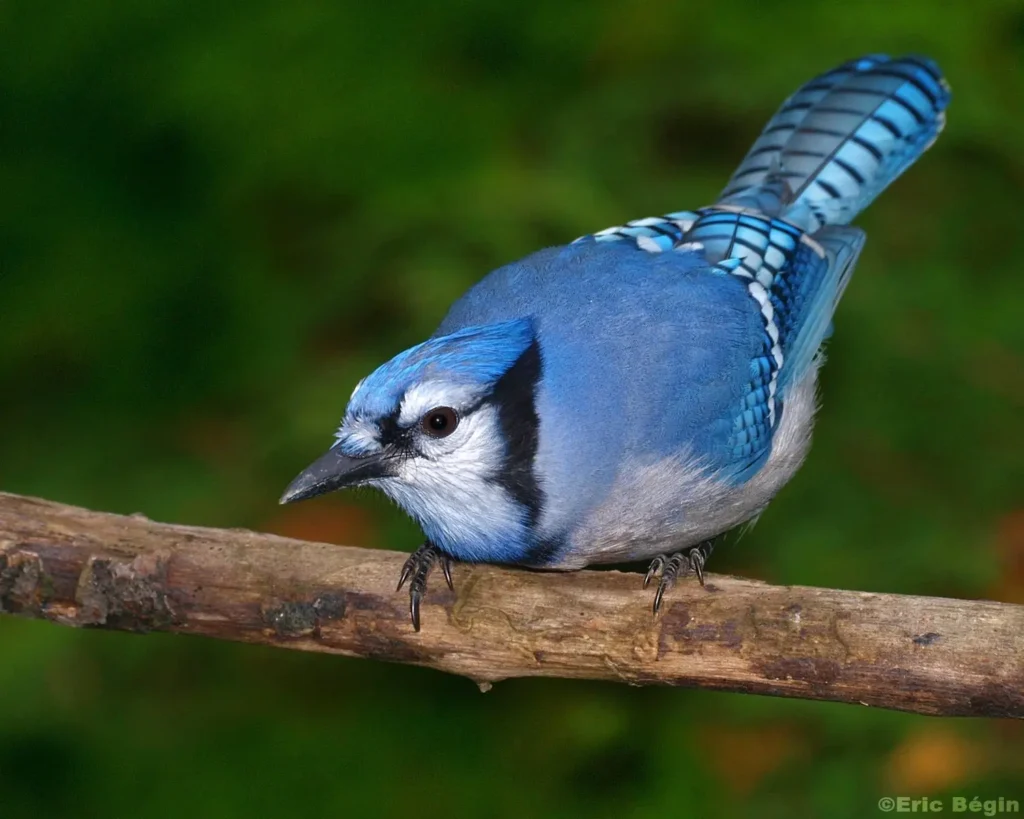
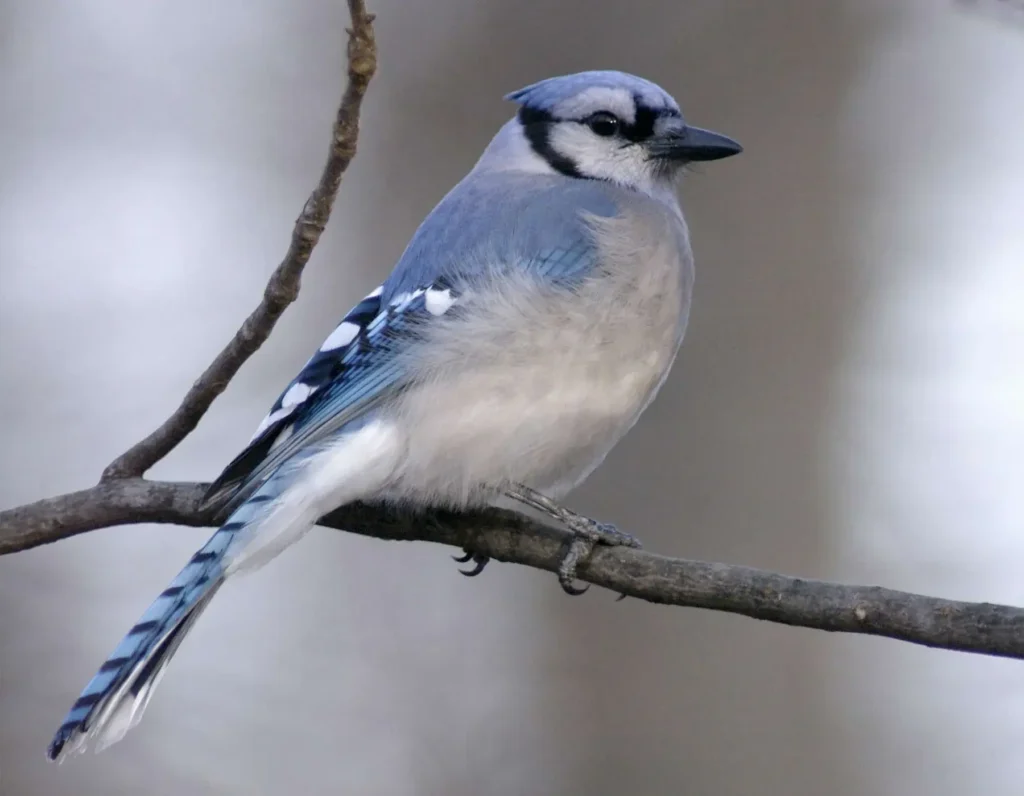
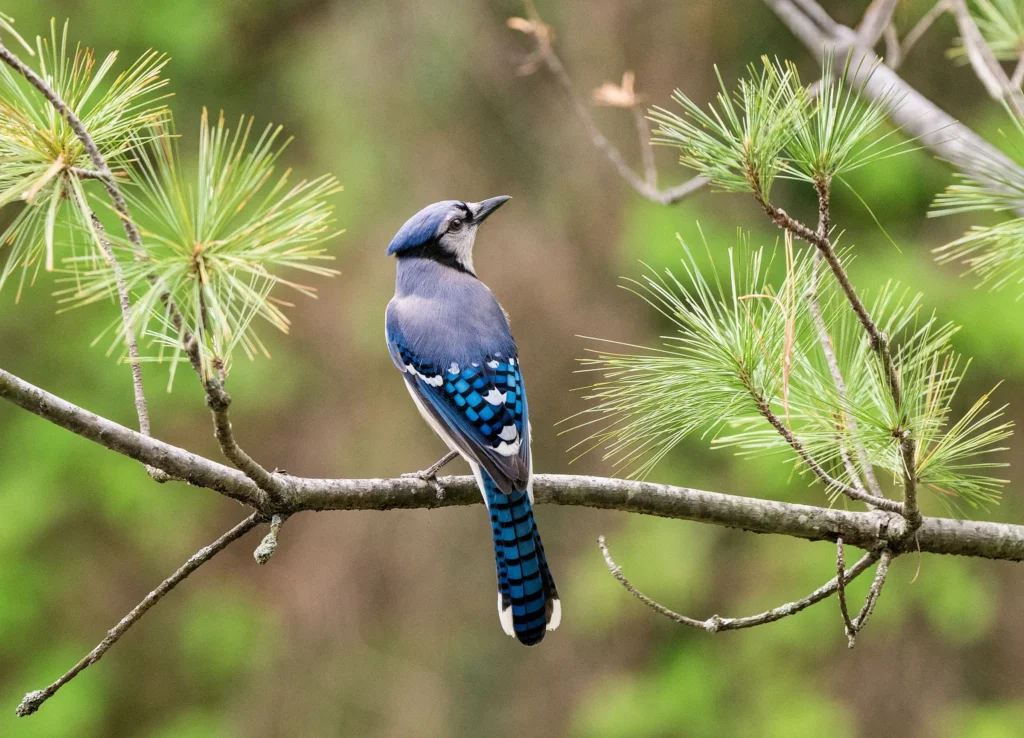
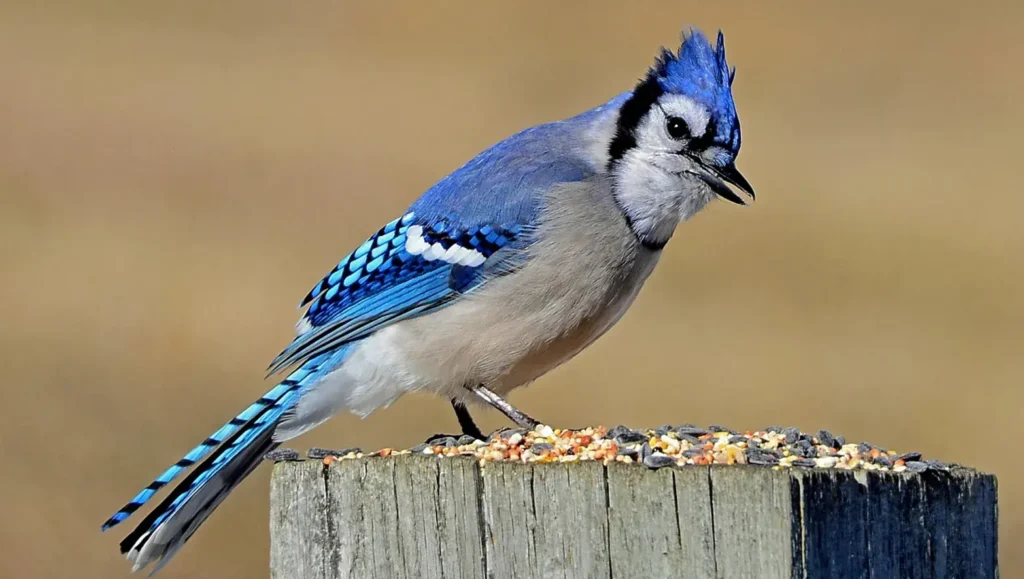
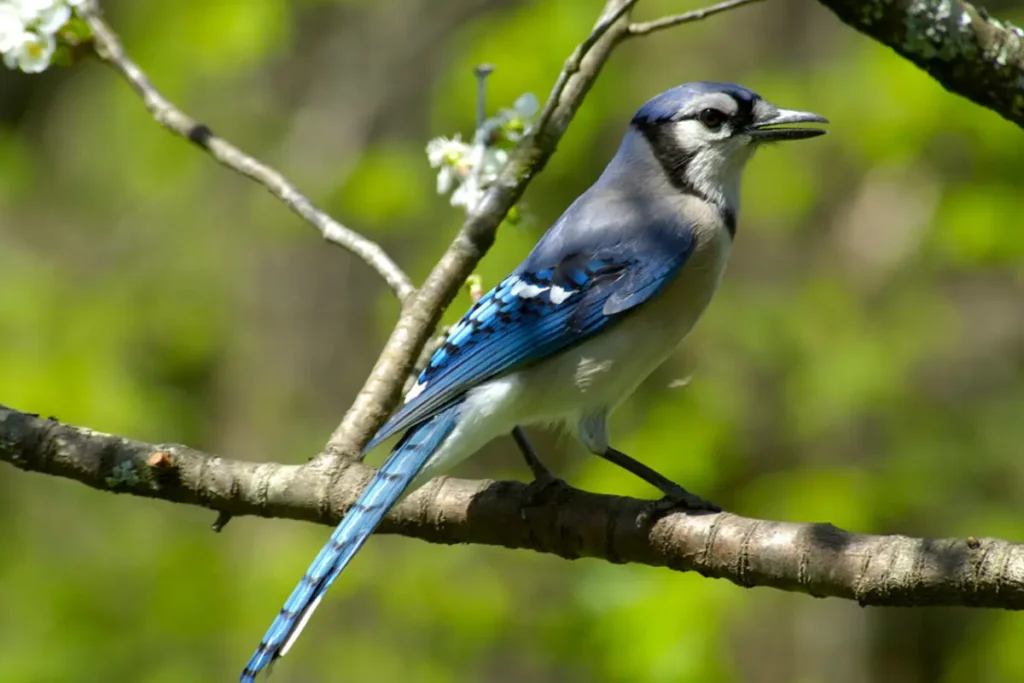
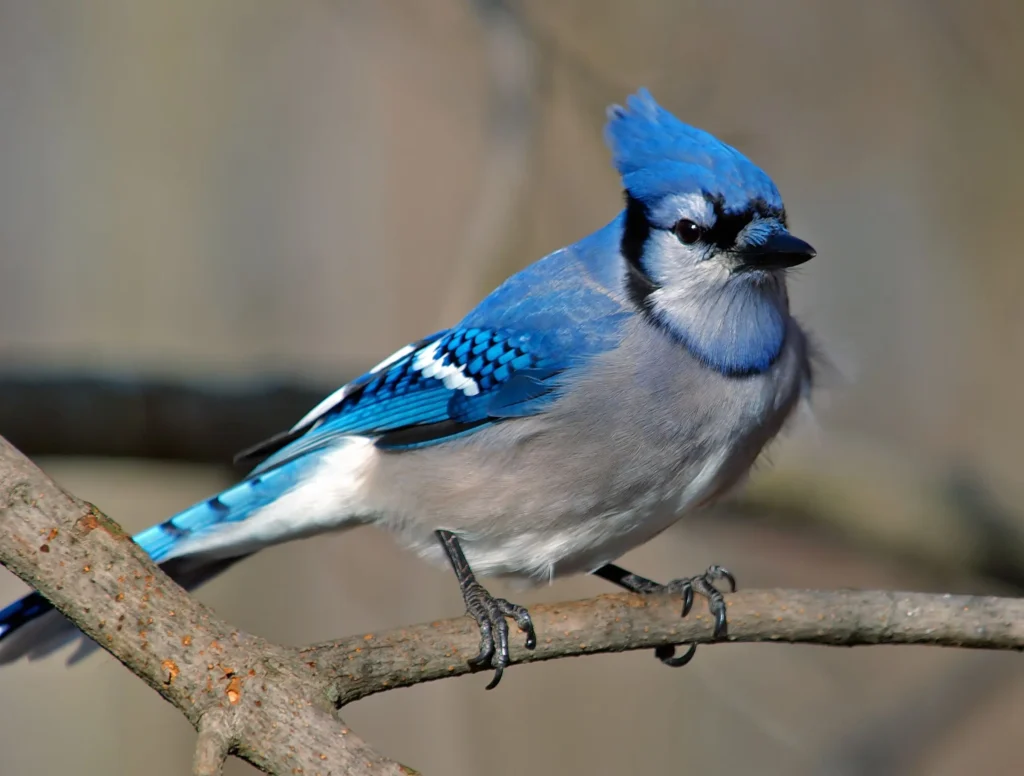
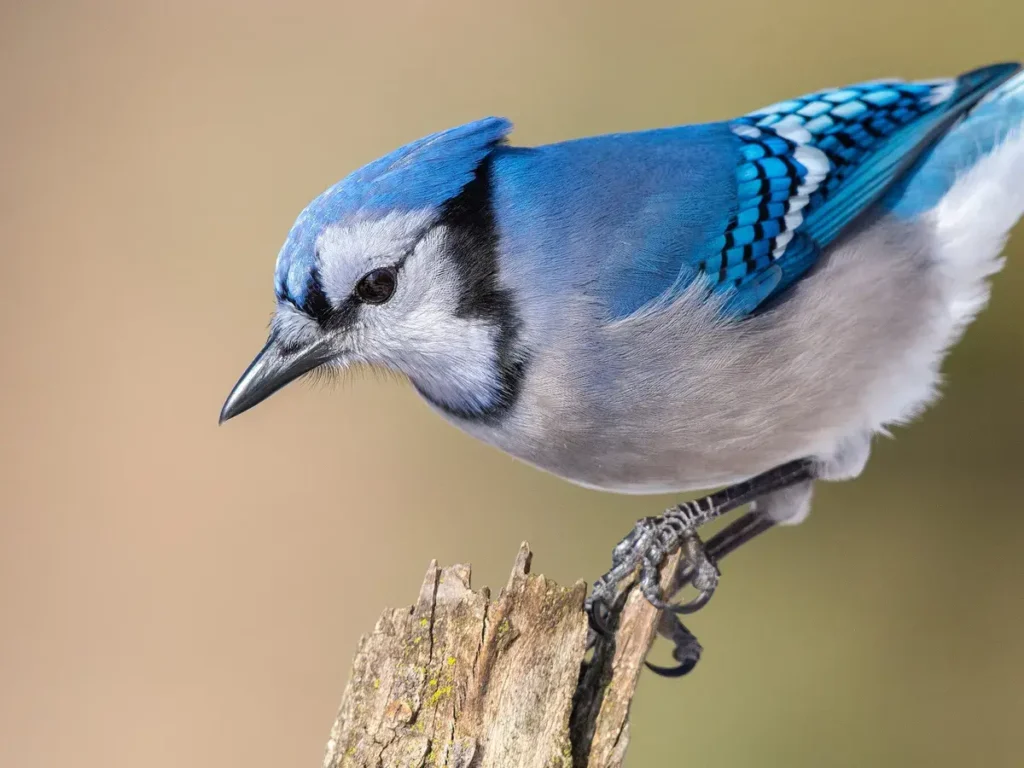
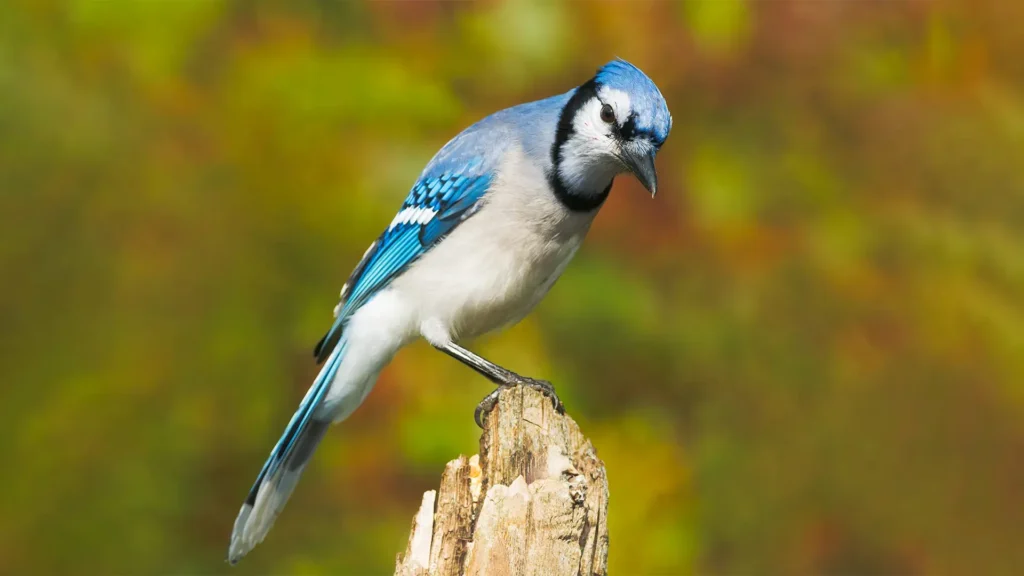
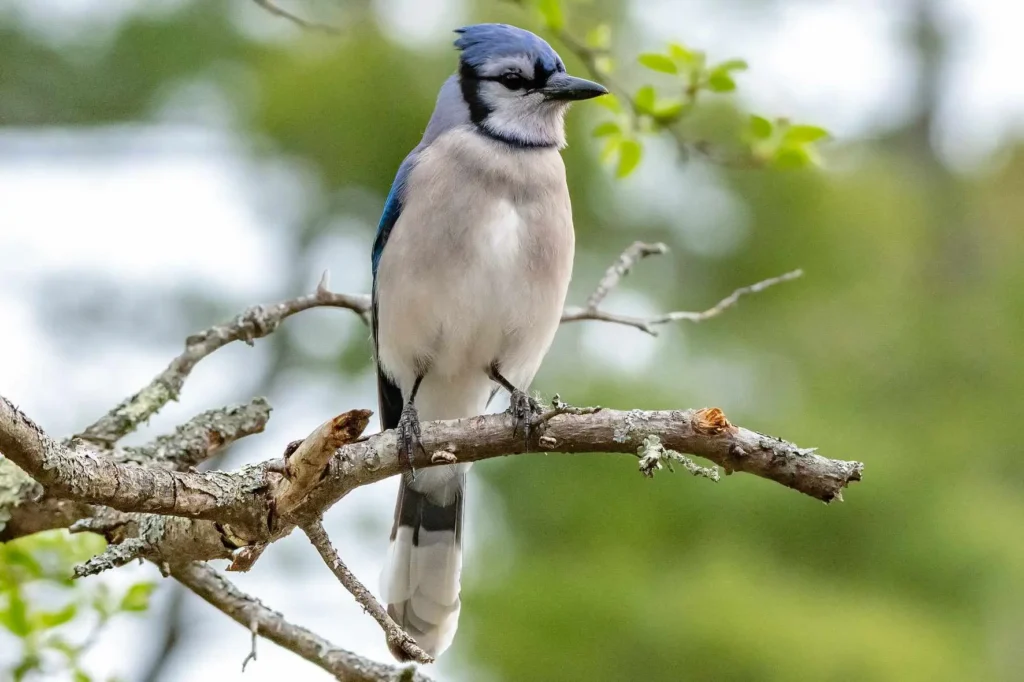

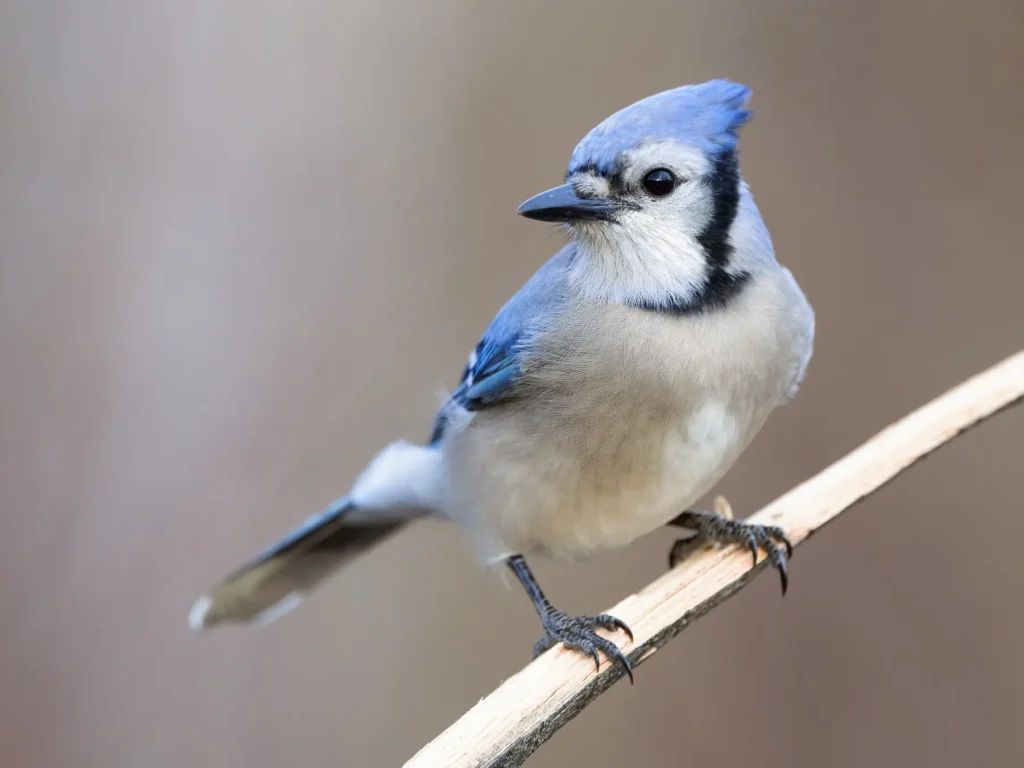
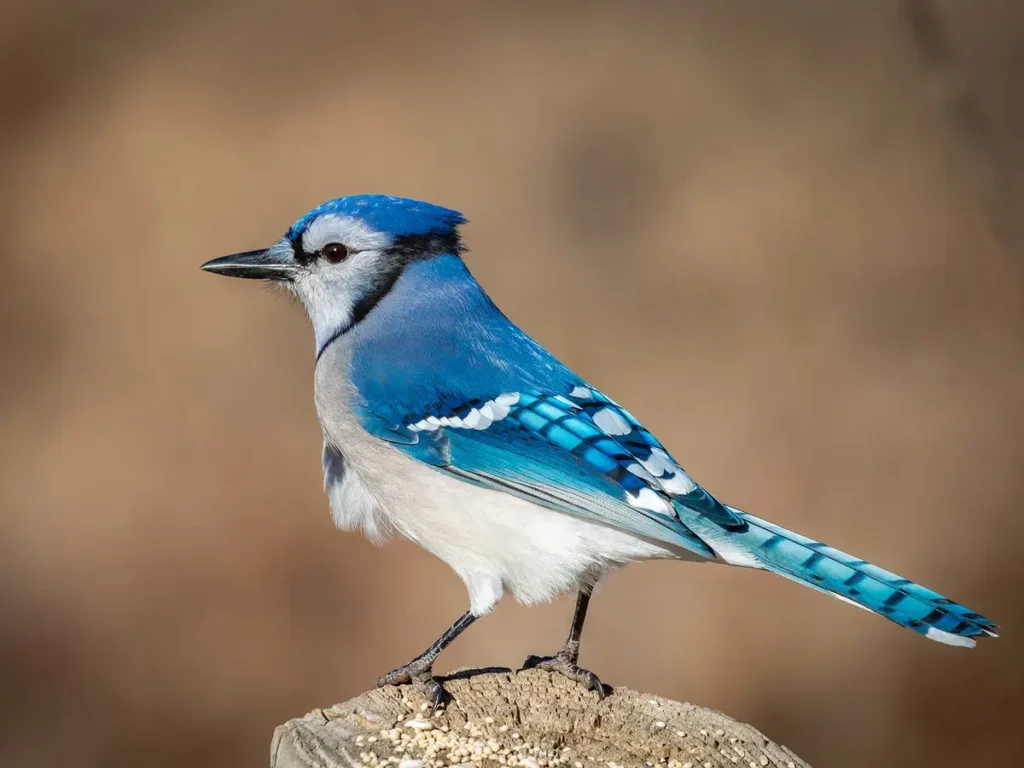
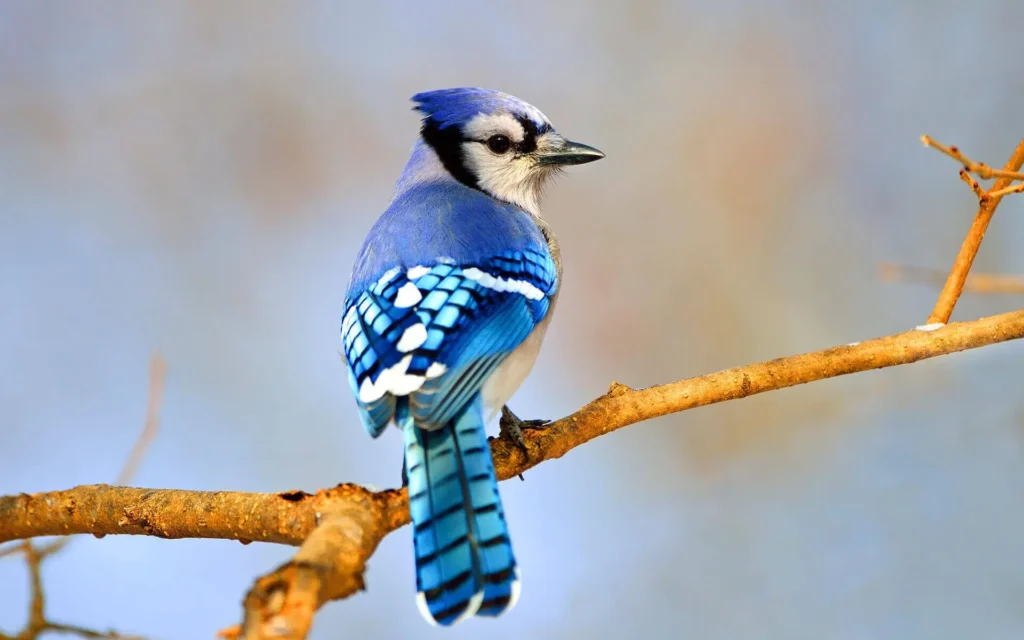
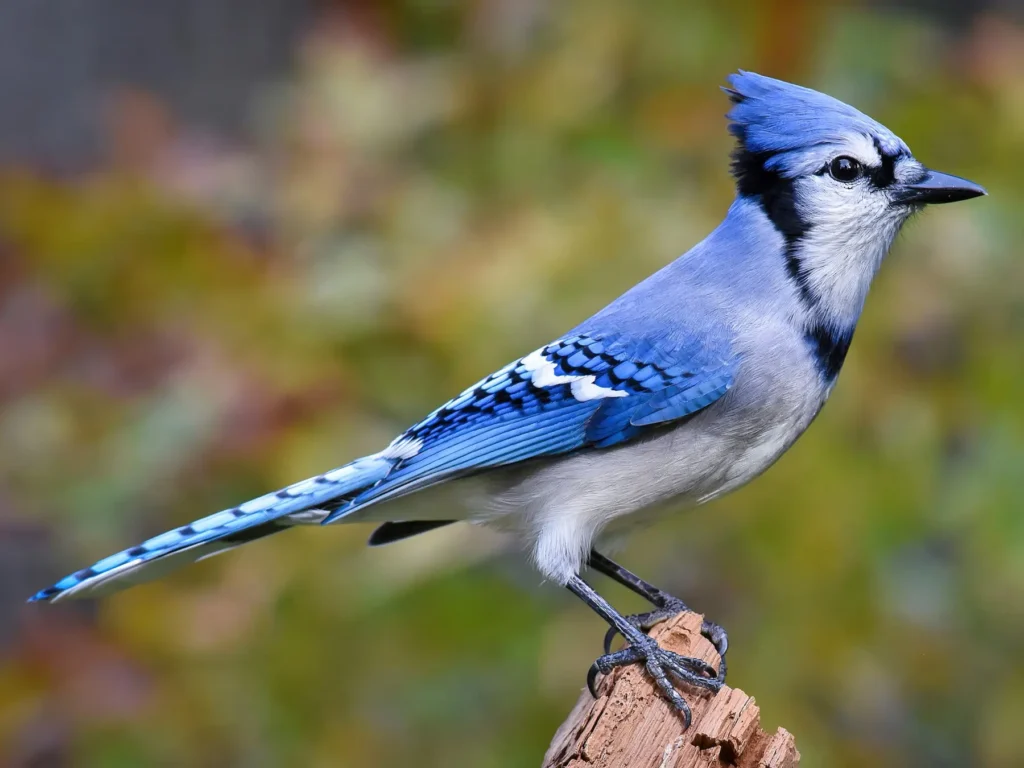
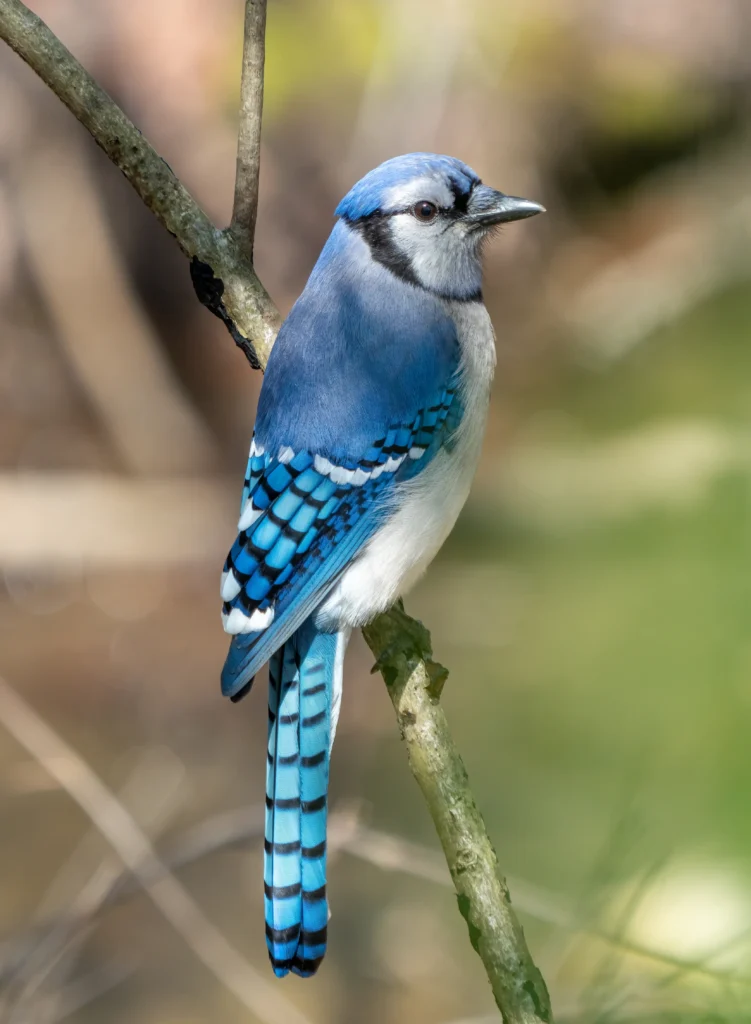
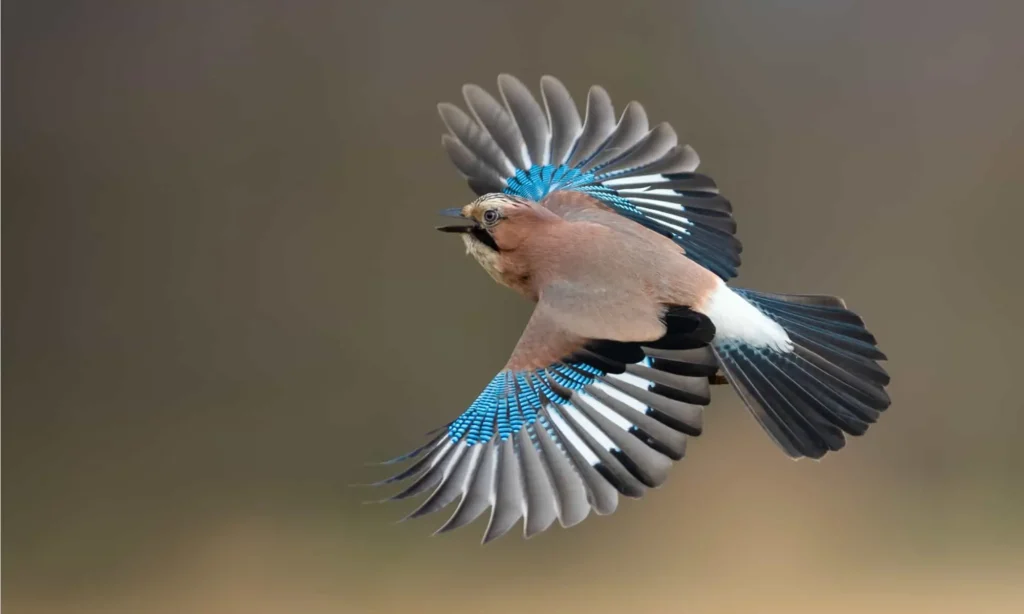
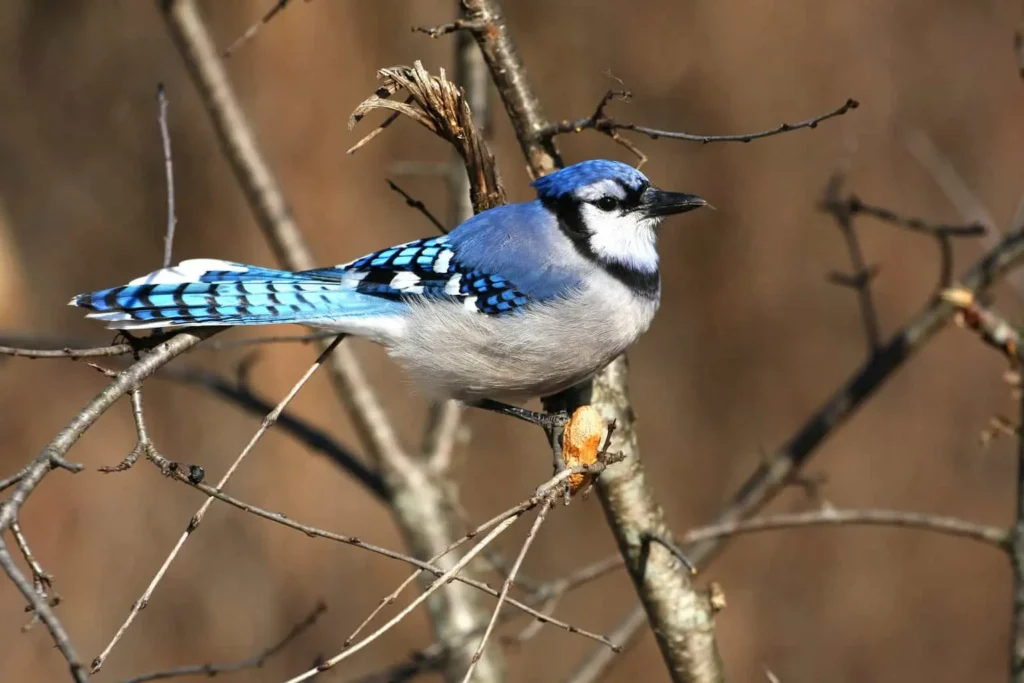
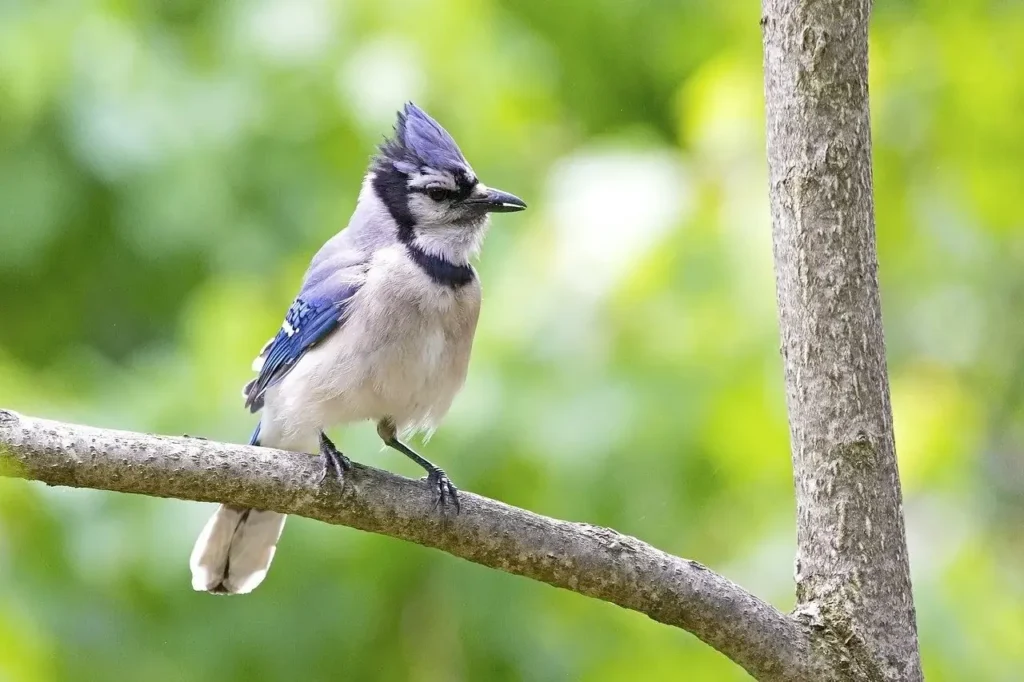
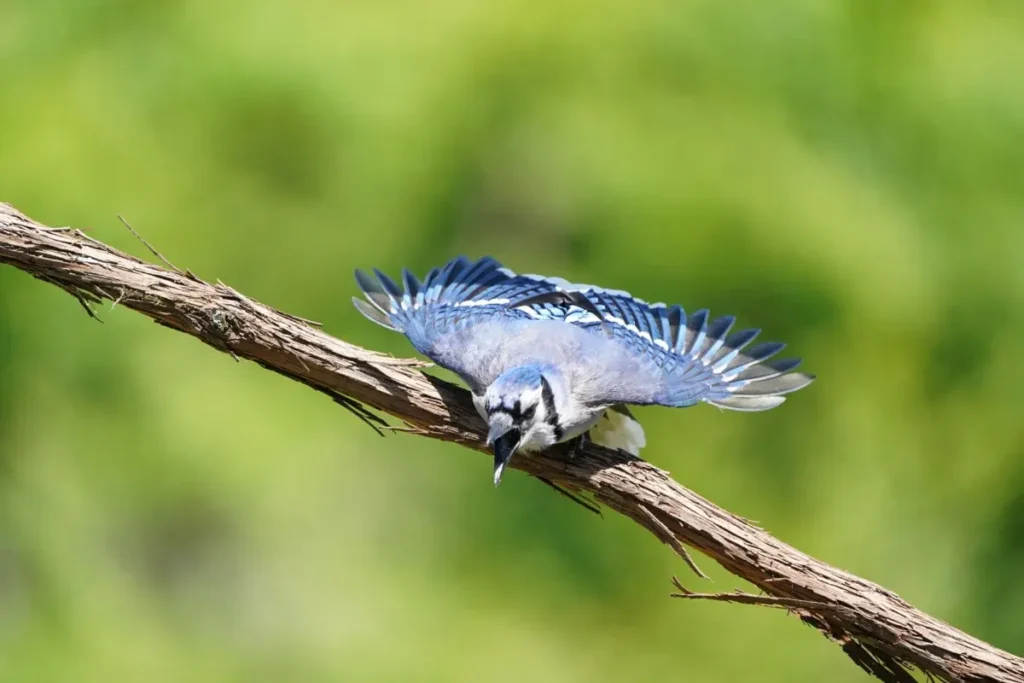
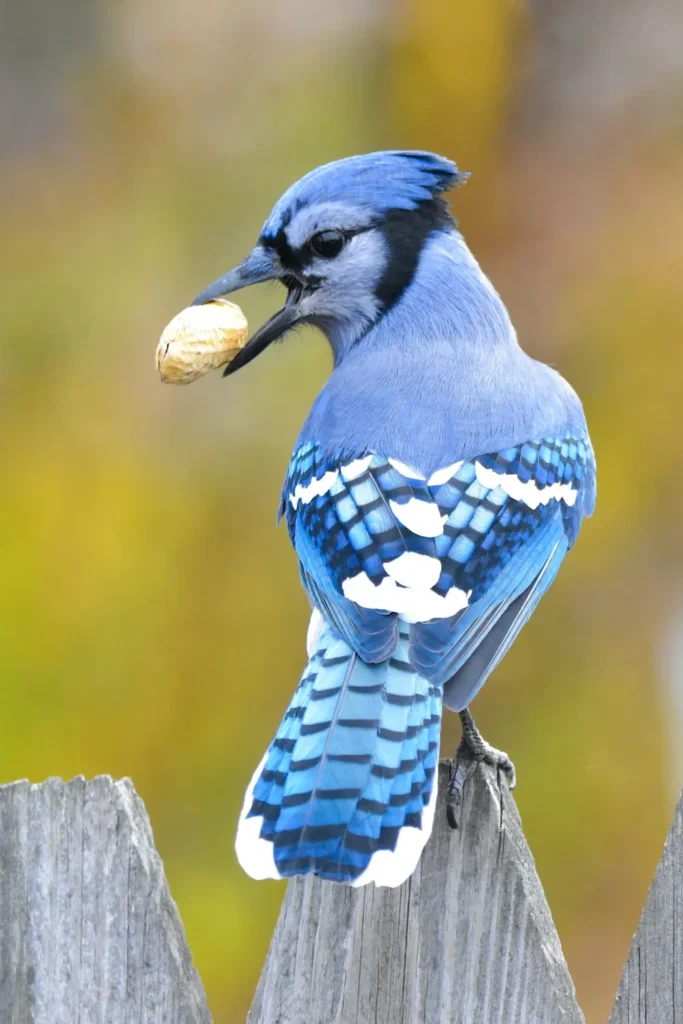
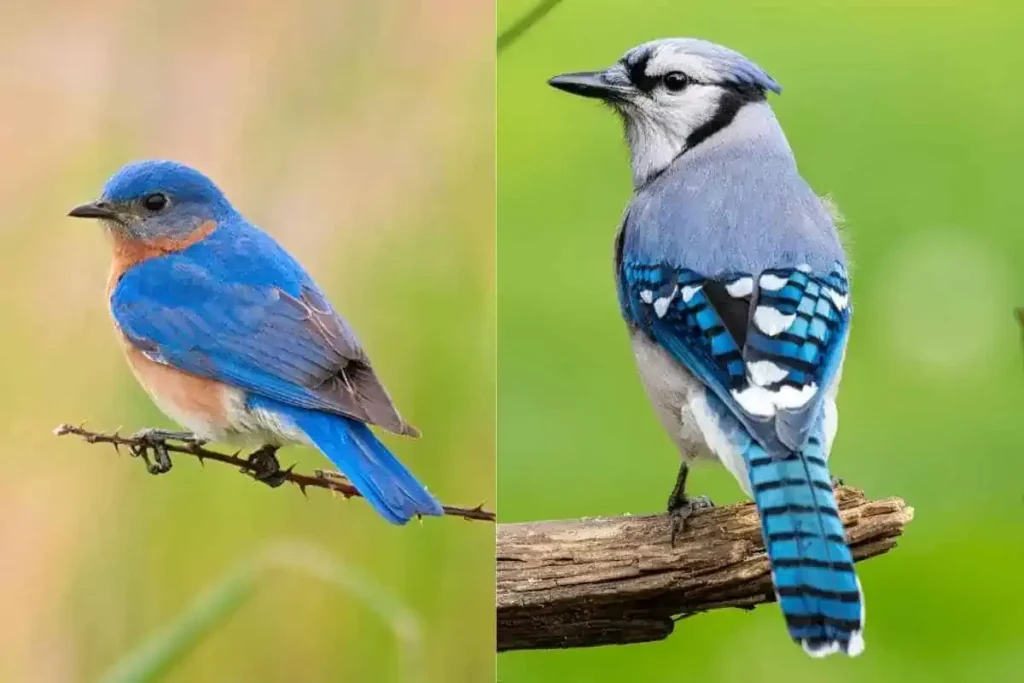
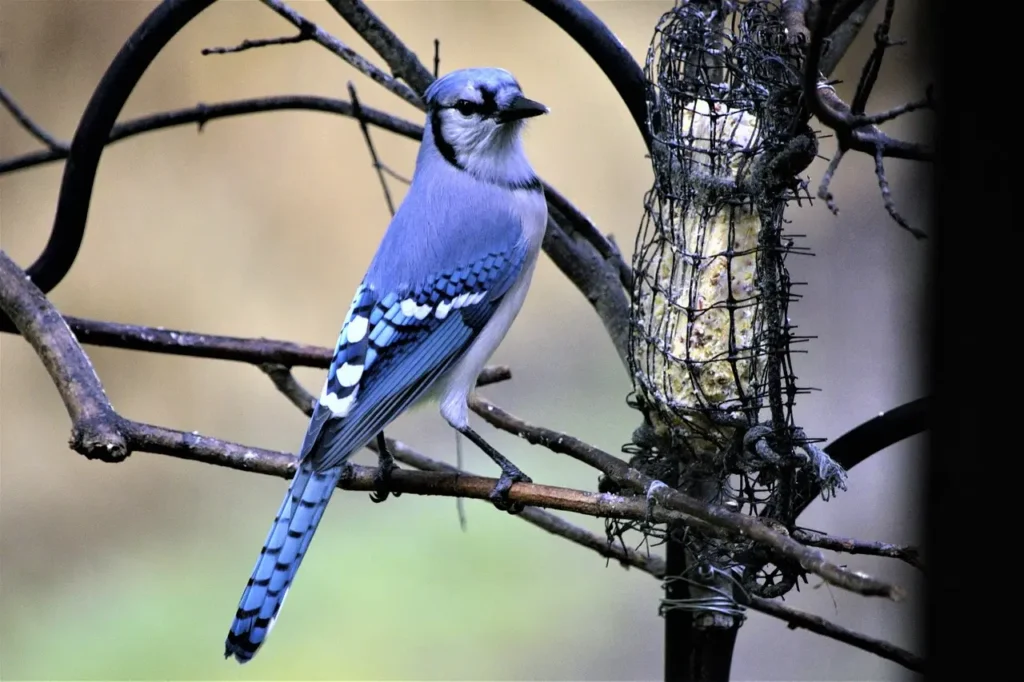
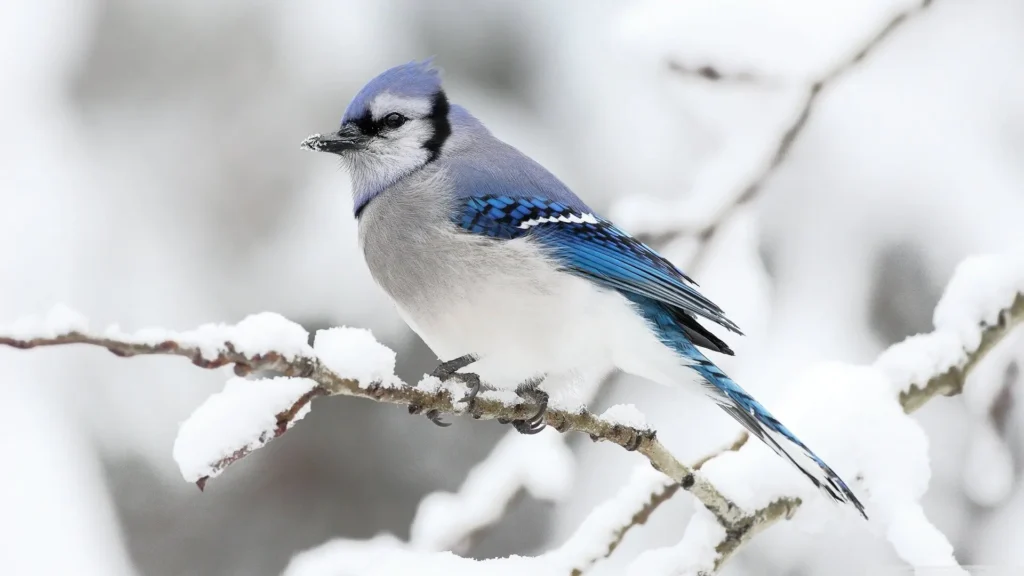
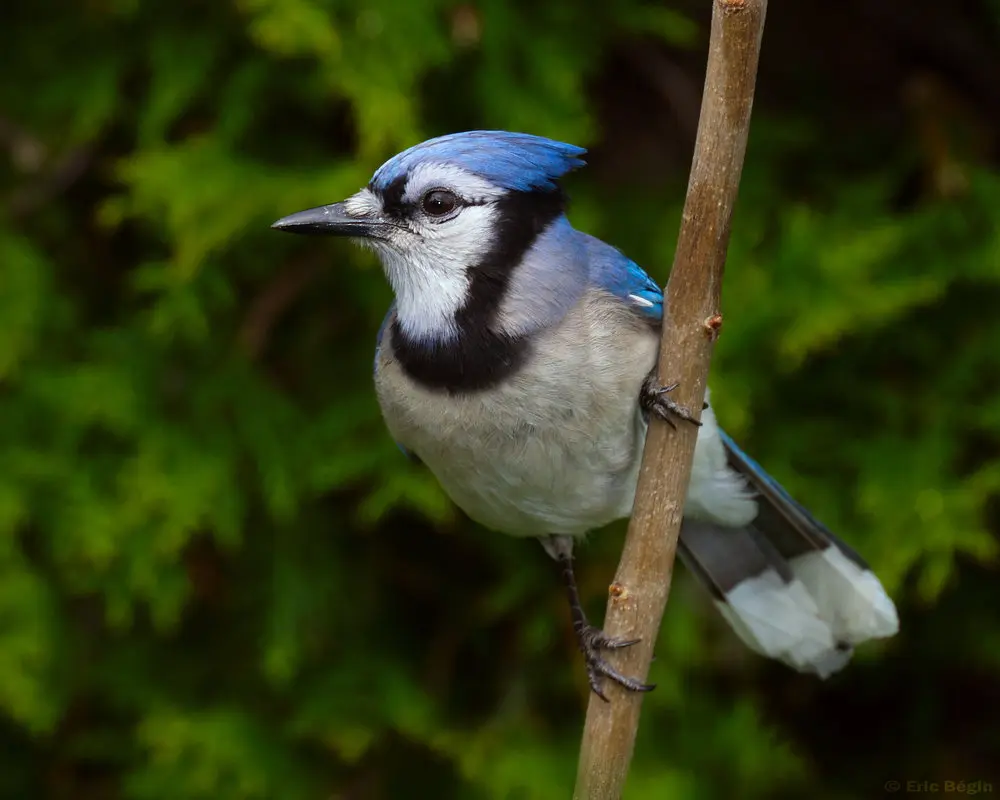
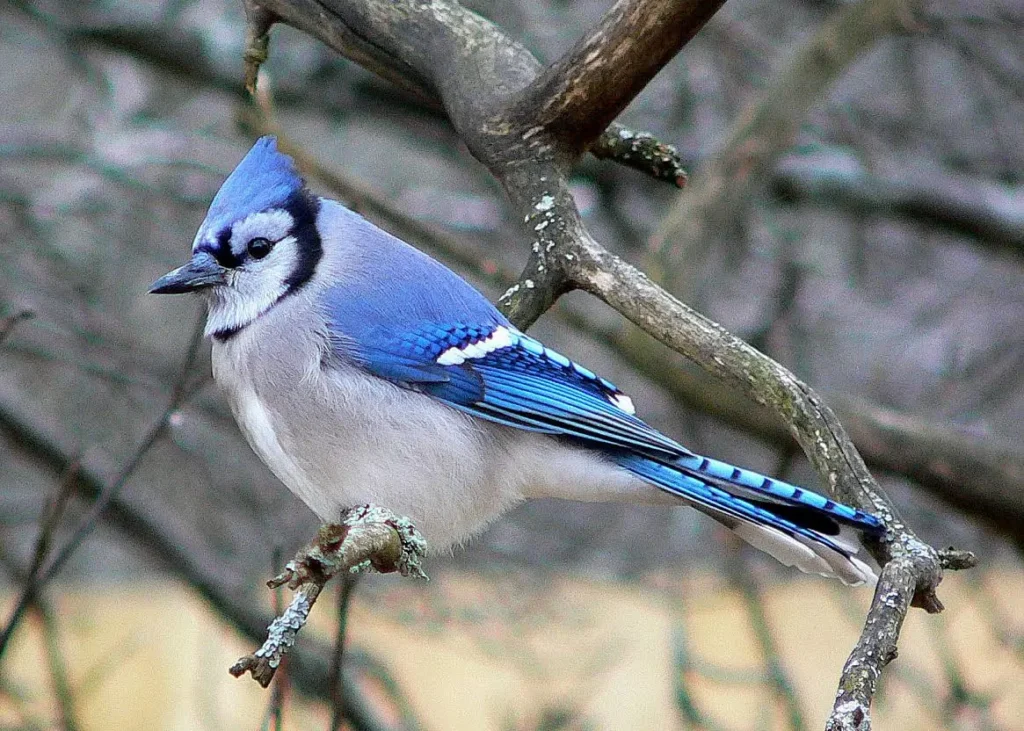

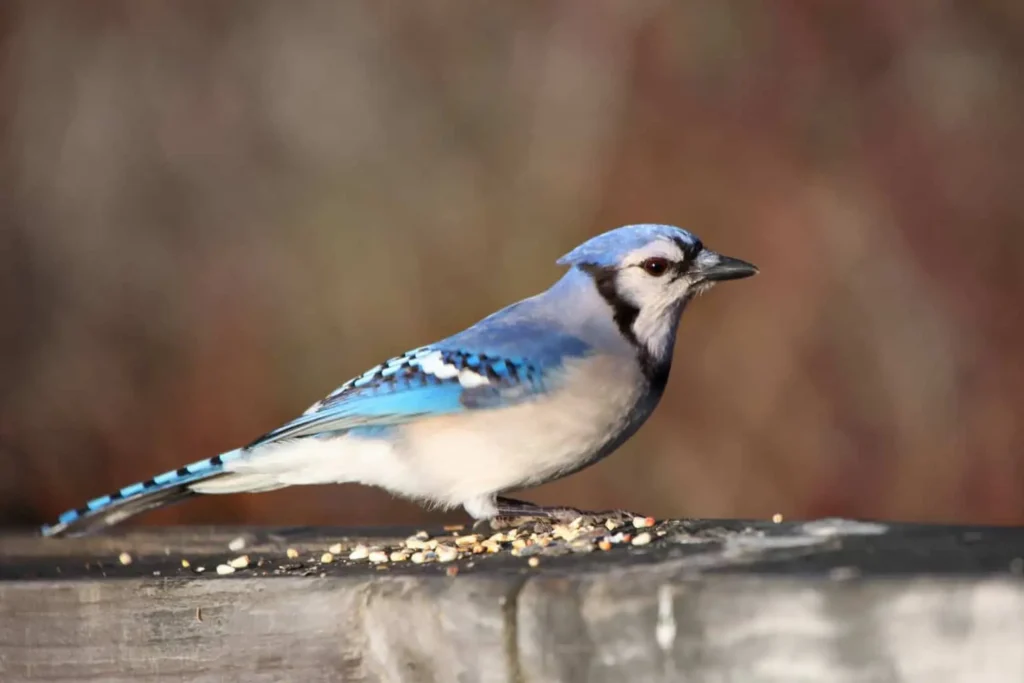
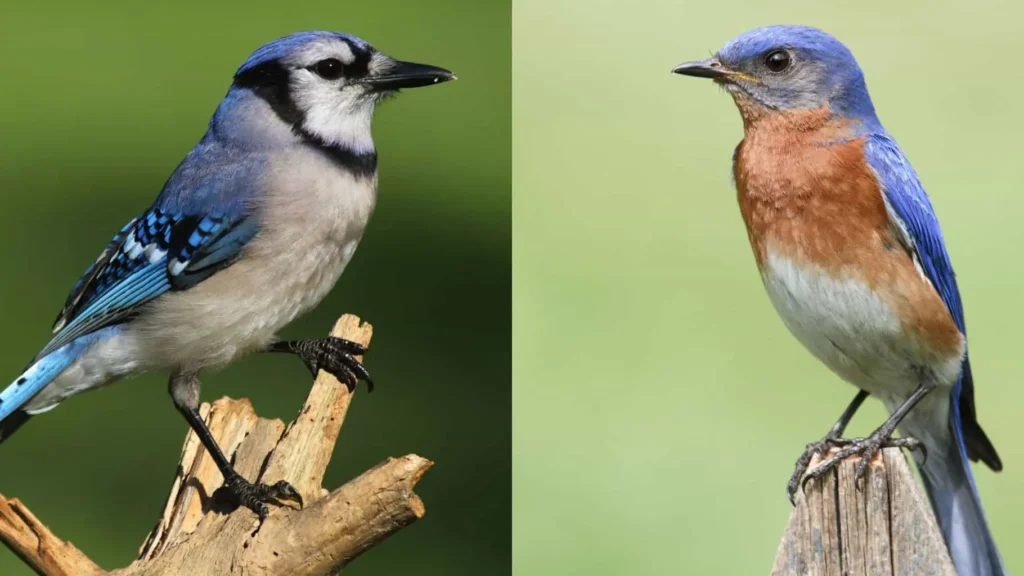
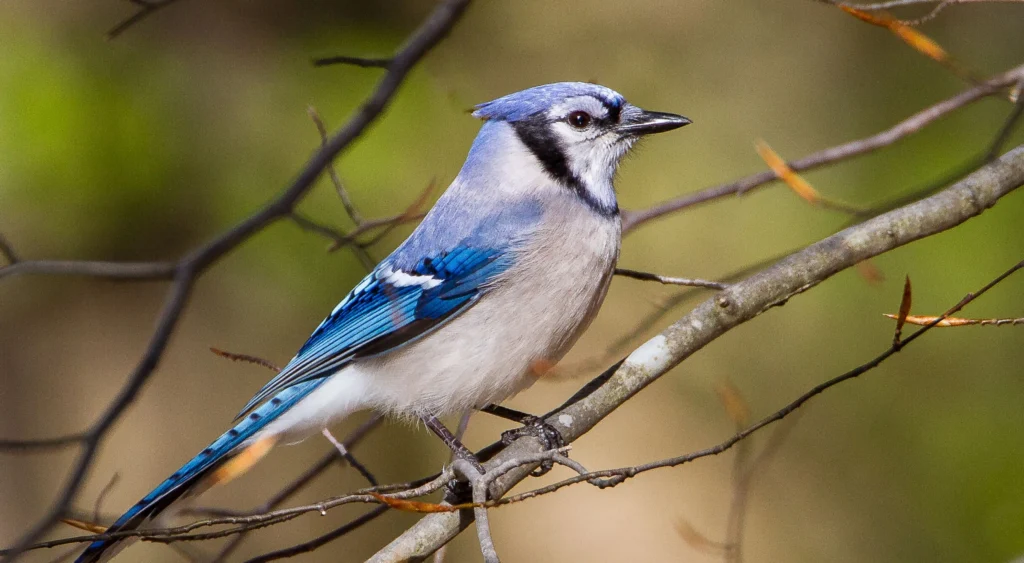
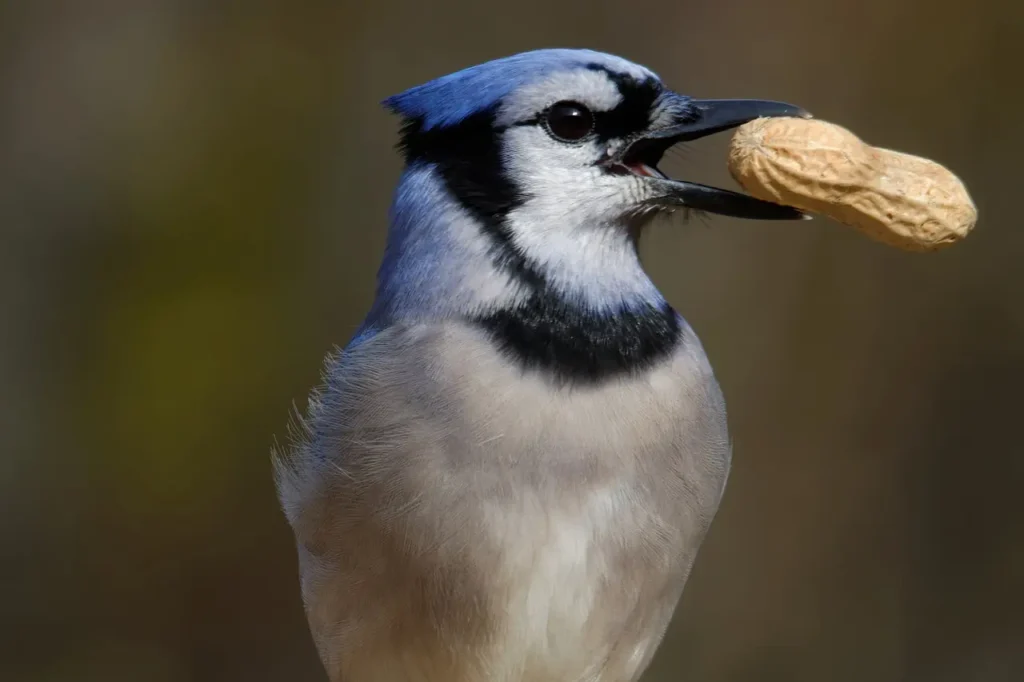
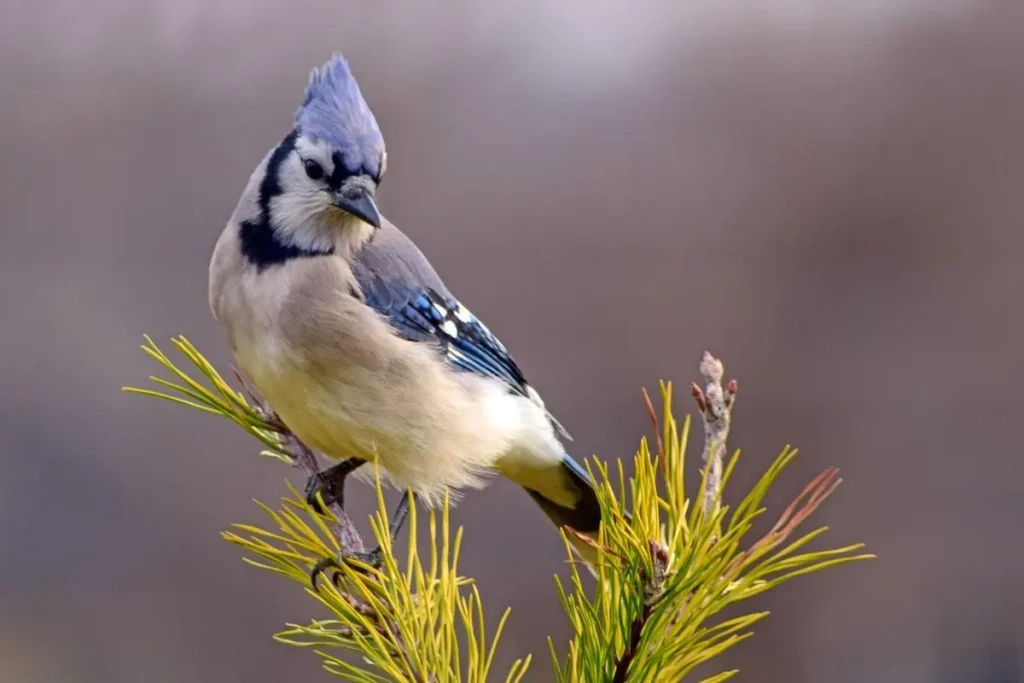
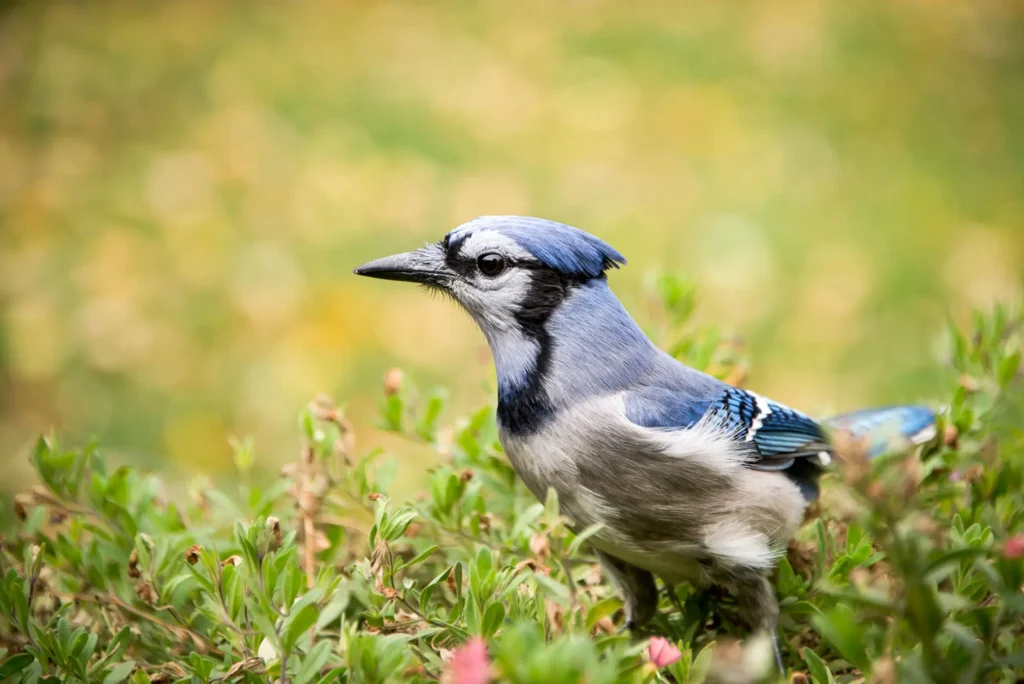
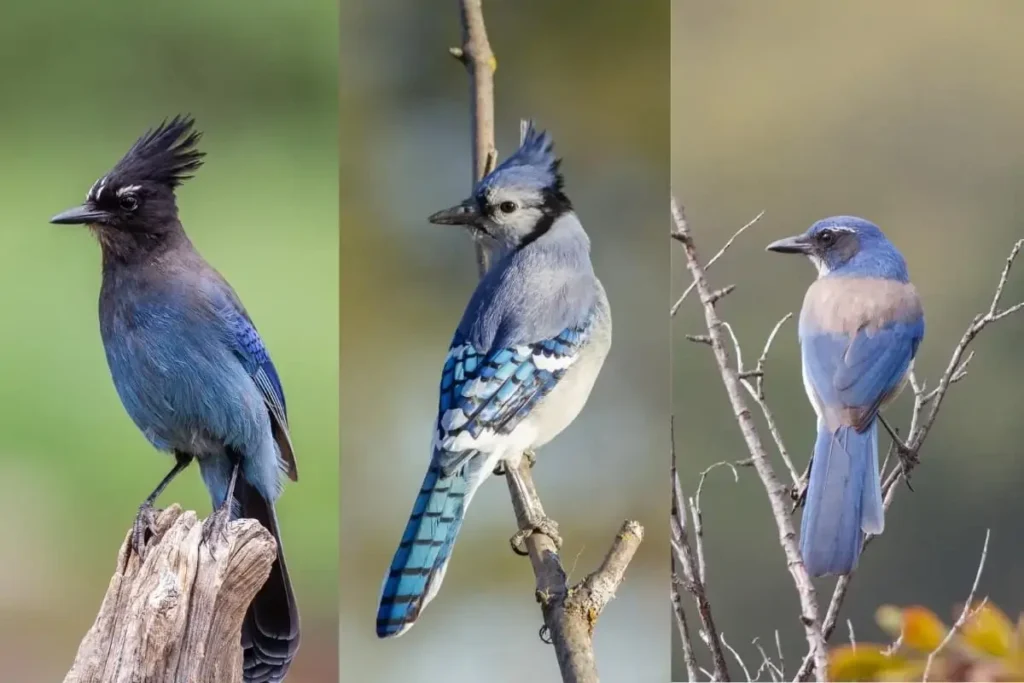
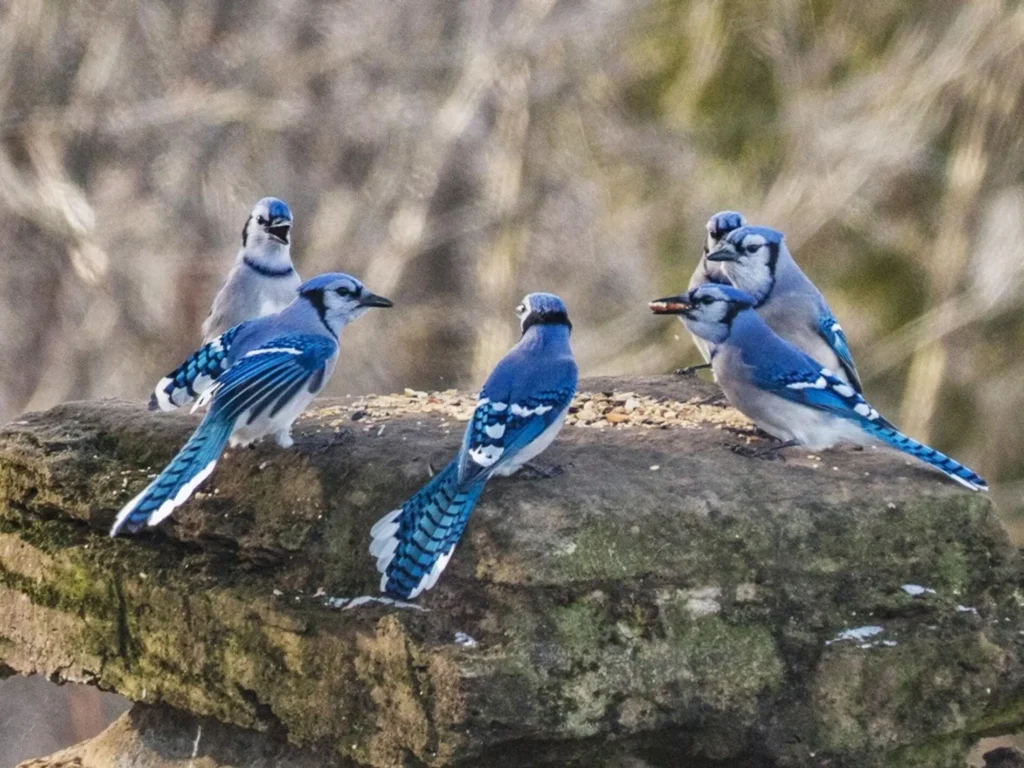
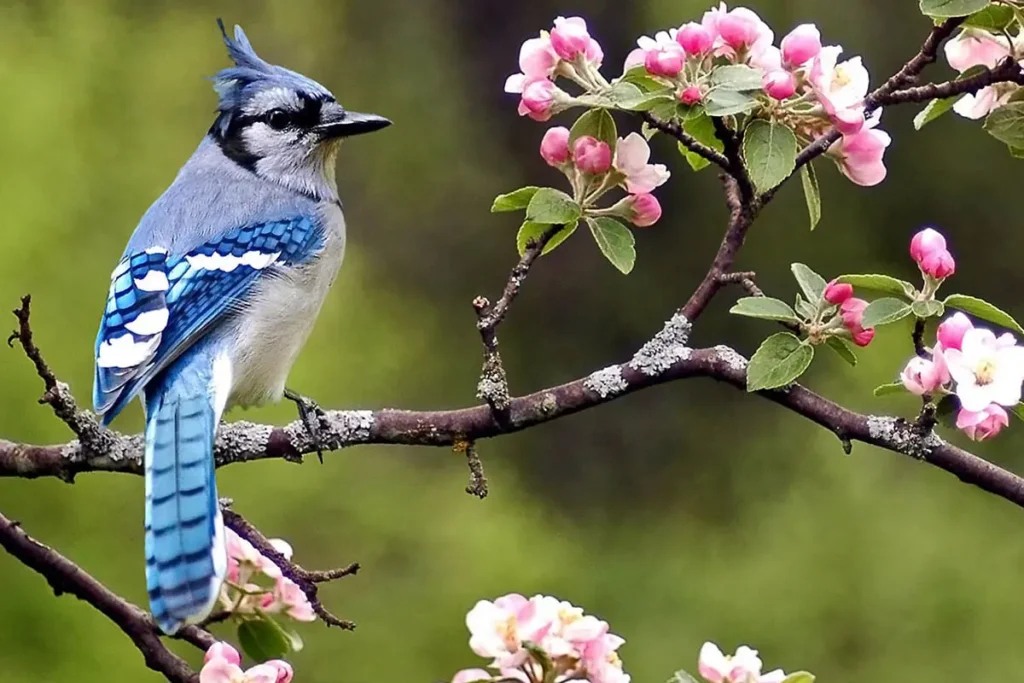
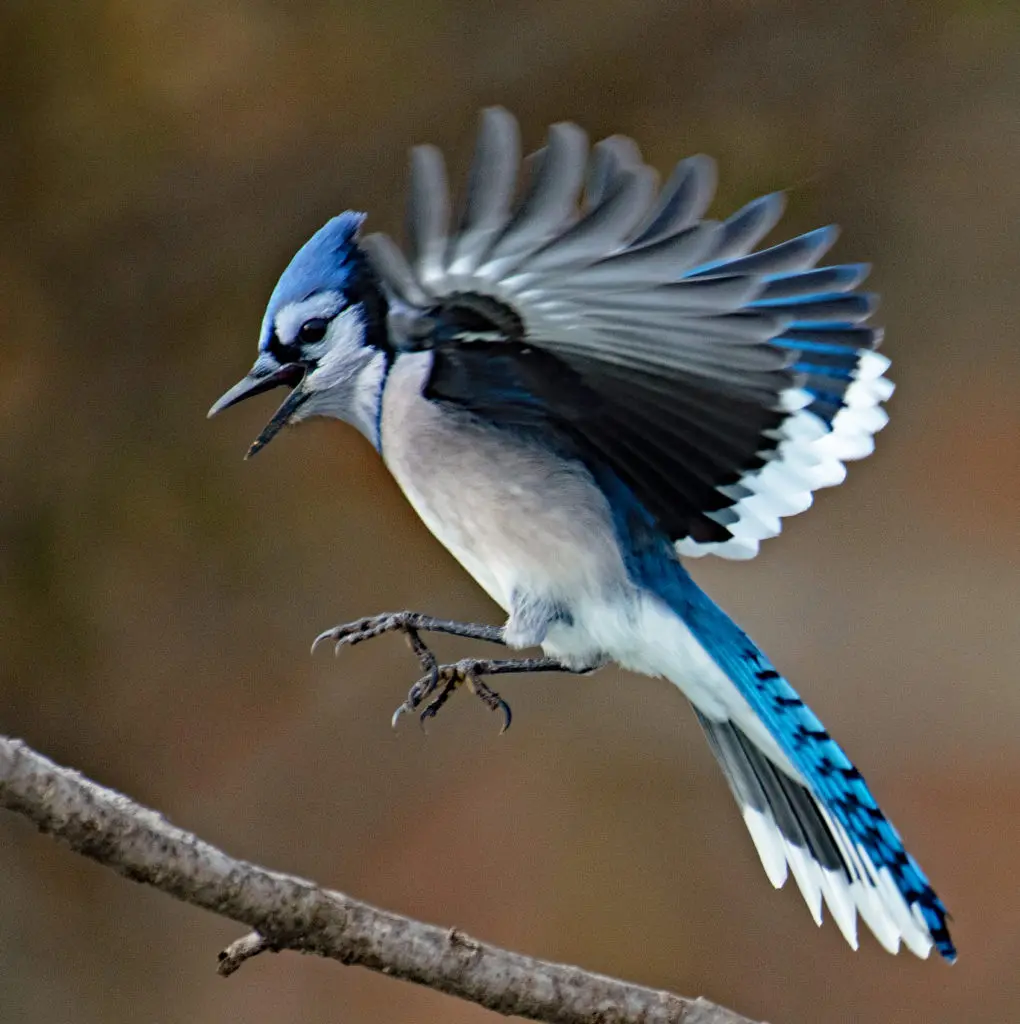
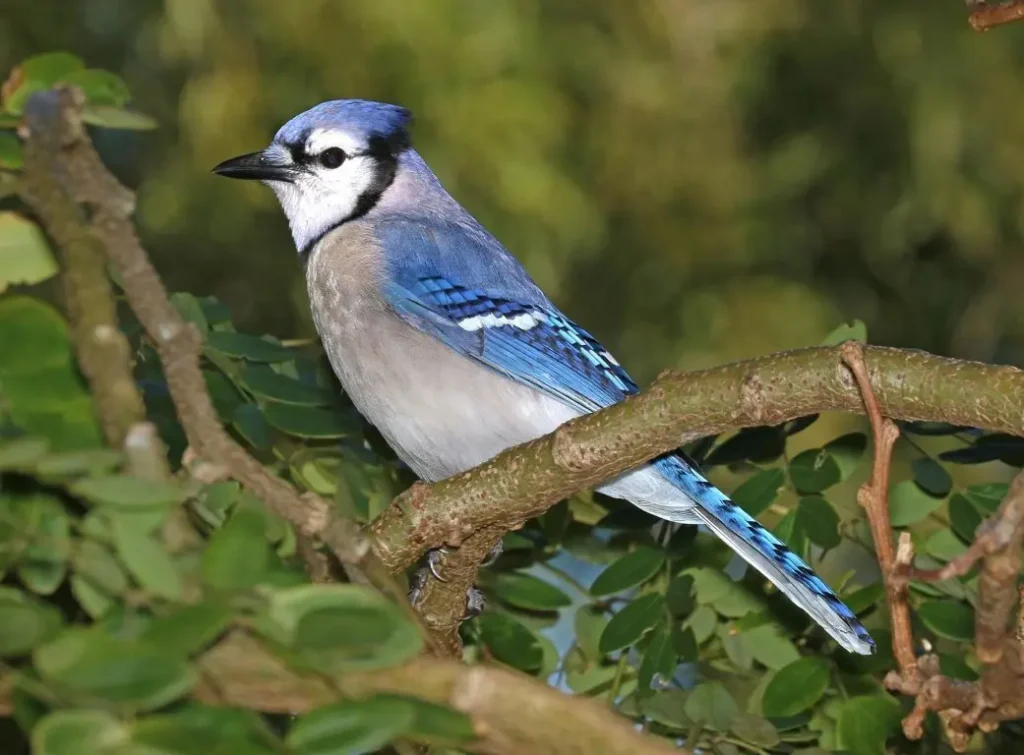
Facts about Blue Jay
In this article, we will delve into the fascinating world of the Blue Jay, exploring its appearance, habitat, behavior, diet, and the significance of this remarkable species in our ecosystems.
The Blue Jay is a medium-sized songbird that belongs to the Corvidae family, which also includes crows and ravens. It is primarily found in eastern and central parts of North America, from Canada down to Florida and westward to Texas. The Blue Jay’s plumage is predominantly blue, with shades ranging from bright azure to deep cobalt. Its striking blue feathers are contrasted by white underparts and black markings on its face and neck. One of the most distinctive features of the Blue Jay is its prominent crest, which can be raised or lowered depending on its mood or level of excitement.
These intelligent birds inhabit a variety of habitats, including deciduous and mixed forests, parks, and suburban areas. They are highly adaptable and can thrive in both urban and rural environments. Blue Jays are known for their loud and varied vocalizations, including a recognizable “jay-jay” call that echoes through the treetops. Their vocal repertoire also includes mimicry of other bird species and even some human sounds, showcasing their remarkable ability to imitate various sounds in their environment.
Blue Jays are omnivorous, meaning they have a diverse diet that includes both plant and animal matter. They feed on a wide range of fruits, nuts, seeds, and insects. Their strong beaks allow them to crack open acorns and nuts, making them important dispersers of seeds in forests. Blue Jays also play a role in controlling insect populations by consuming insects and other invertebrates. They are known to cache food by hiding it in various locations for later consumption, helping them survive harsh winters when food may be scarce.
During the breeding season, which typically occurs from spring to early summer, Blue Jays form monogamous pairs. The female builds a cup-shaped nest made of twigs and grass, usually situated in the branches of trees. Both parents take part in incubating the eggs and raising the young. Blue Jays are known for their aggressive defense of their nests and territories, often chasing away larger birds or predators with their loud calls and bold behavior.
While the Blue Jay population is generally stable and widespread, they face threats such as habitat loss and fragmentation. Protecting and preserving their natural habitats, including forests and woodlands, is crucial for their continued survival. Blue Jays also serve as important seed dispersers and contribute to forest regeneration, making their conservation efforts essential for maintaining healthy ecosystems.
In conclusion, the Blue Jay is a remarkable bird species that adds a splash of vibrant blue to our forests and parks. With its striking appearance, intelligent nature, and lively calls, the Blue Jay holds a special place in the hearts of bird enthusiasts. By appreciating and safeguarding these magnificent birds and their habitats, we ensure that future generations can continue to enjoy the beauty and charm of the Blue Jay in the wild.








